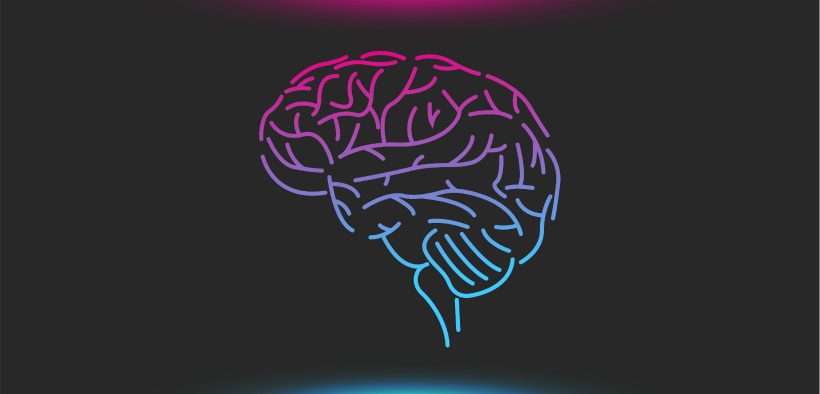Another of those loosely defined but favorite words in higher education, metacognition is mostly understood superficially—“thinking about thinking.” We consider it broadly, generically, as it relates to learning. The mental processes involved are not easy to observe or measure. Even though most academics have good metacognitive skills, their understanding of them rests mostly on tacit knowledge.
Metacognition: The Skill Students Need and Often Don’t Have

Related Articles
I have two loves: teaching and learning. Although I love them for different reasons, I’ve been passionate about...
Active learning is a mostly meaningless educational buzzword. It’s a feel-good, intuitively popular term that indicates concern for...
Perhaps the earliest introduction a student has with a course is the syllabus as it’s generally the first...
Generative AI allows instructors to create interactive, self-directed review activities for their courses. The beauty of these activities...
I’ve often felt that a teacher’s life is suspended, Janus-like, between past experiences and future hopes; it’s only...
I teach first-year writing at a small liberal arts college, and on the first day of class, I...
Proponents of rubrics champion them as a means of ensuring consistency in grading, not only between students within...







